Mazda EV3 Electric Truck
.png/v1/fill/w_320,h_320/file.jpg) Story Cars
Story Cars- Jan 3
- 1 min read

The Mazda EV3 of 1973 was a pioneering entry into the realm of electric vehicles, emerging from a forward-thinking initiative led by Japan's Agency of Industrial Science and Technology. This program, launched in 1971, allocated a budget of ¥5 million over five years to encourage Japanese automakers to explore and develop electric vehicle technology. By the time of the 20th Tokyo Motor Show, the program bore fruit with electric prototypes from all major Japanese manufacturers, including Mazda.
Mazda's contribution, the EV3, was a compact, cab-over electric truck designed to accommodate urban and short-distance commercial use. Its primary feature was its practical payload capacity of 200 kilograms (440 pounds), making it suitable for light delivery and utility tasks. The cab-over design maximized space efficiency, a key consideration for electric vehicles of the era, which were often limited by the size and weight of their battery packs.
While the EV3 was largely a prototype and did not see mass production, it was a clear demonstration of Mazda’s interest in alternative propulsion systems, even during the early 1970s. The vehicle showcased the company's ability to innovate within a collaborative environment, driven by government-supported technological exploration.
The Mazda EV3 stands as a historical milestone in the evolution of electric vehicles, reflecting early efforts to address energy and environmental challenges through electrification in the automotive industry.

































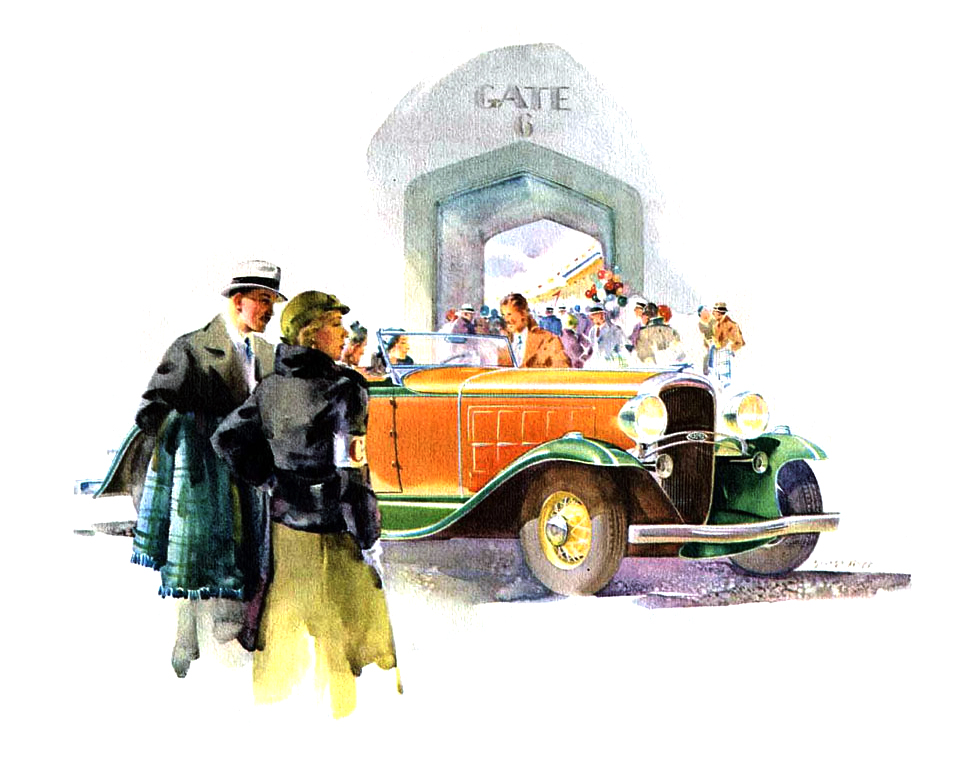
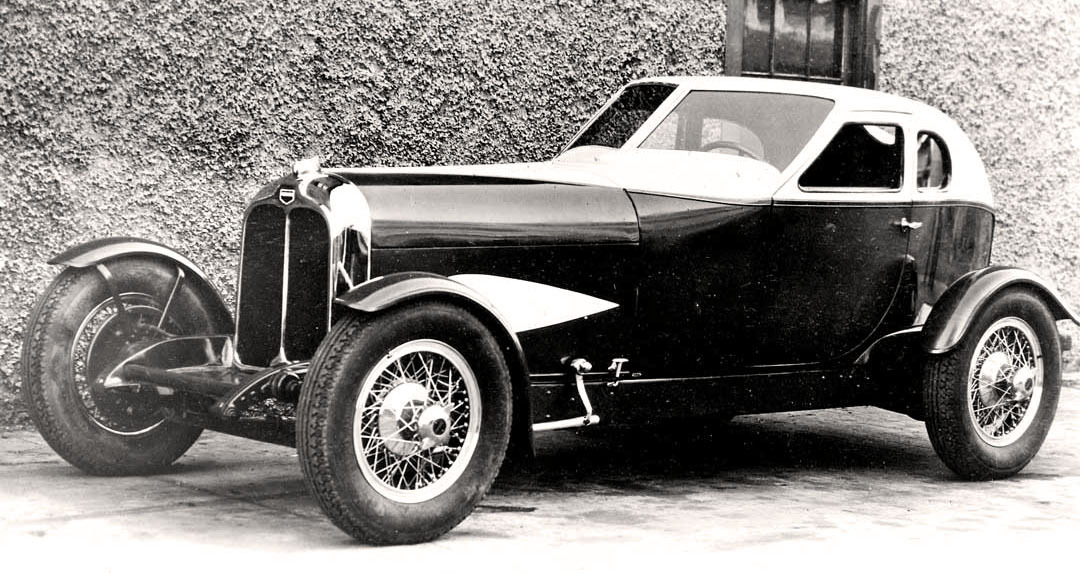
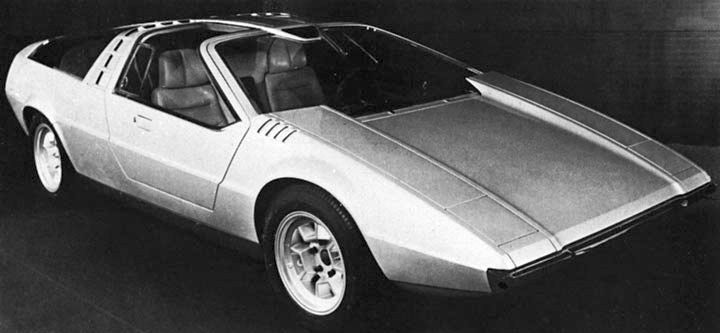






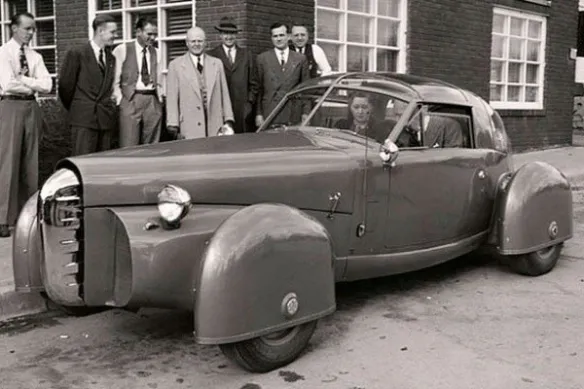



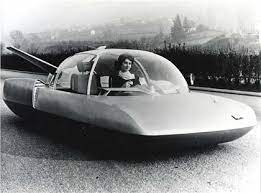

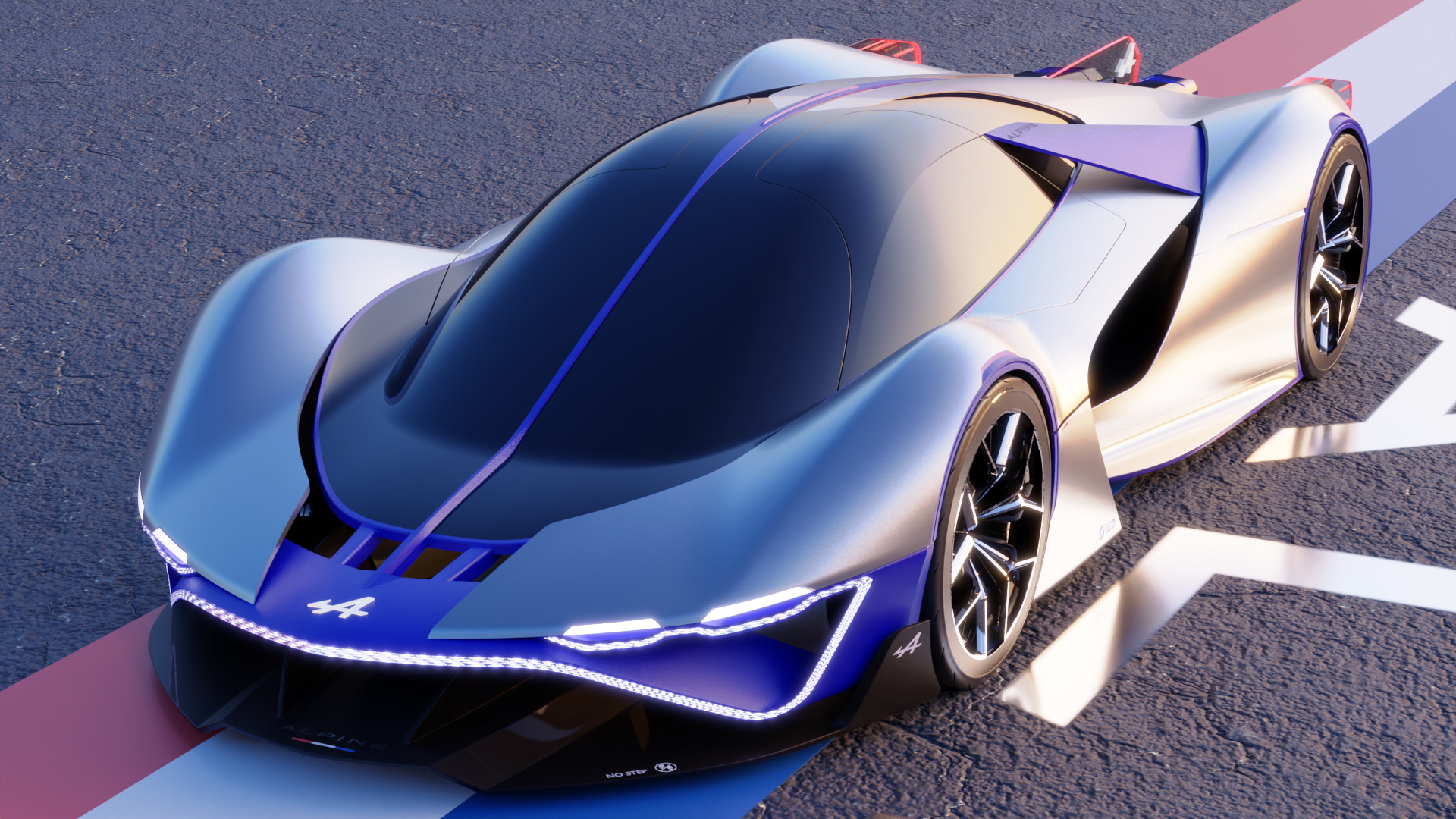
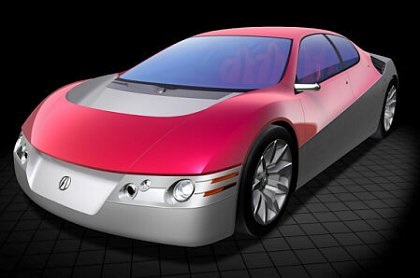

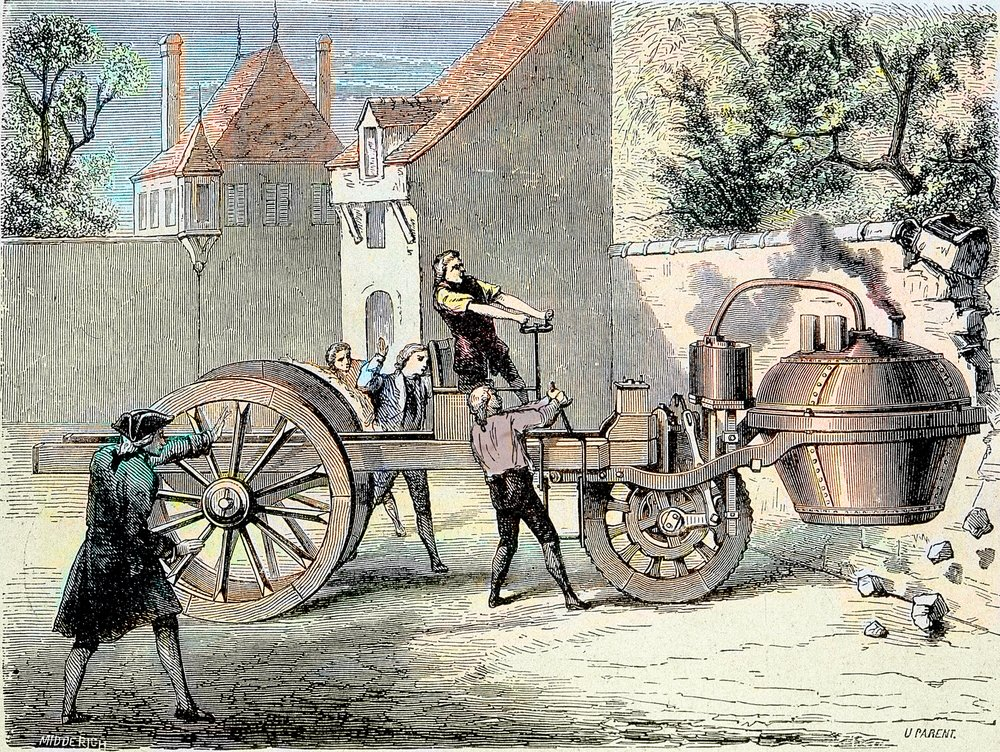
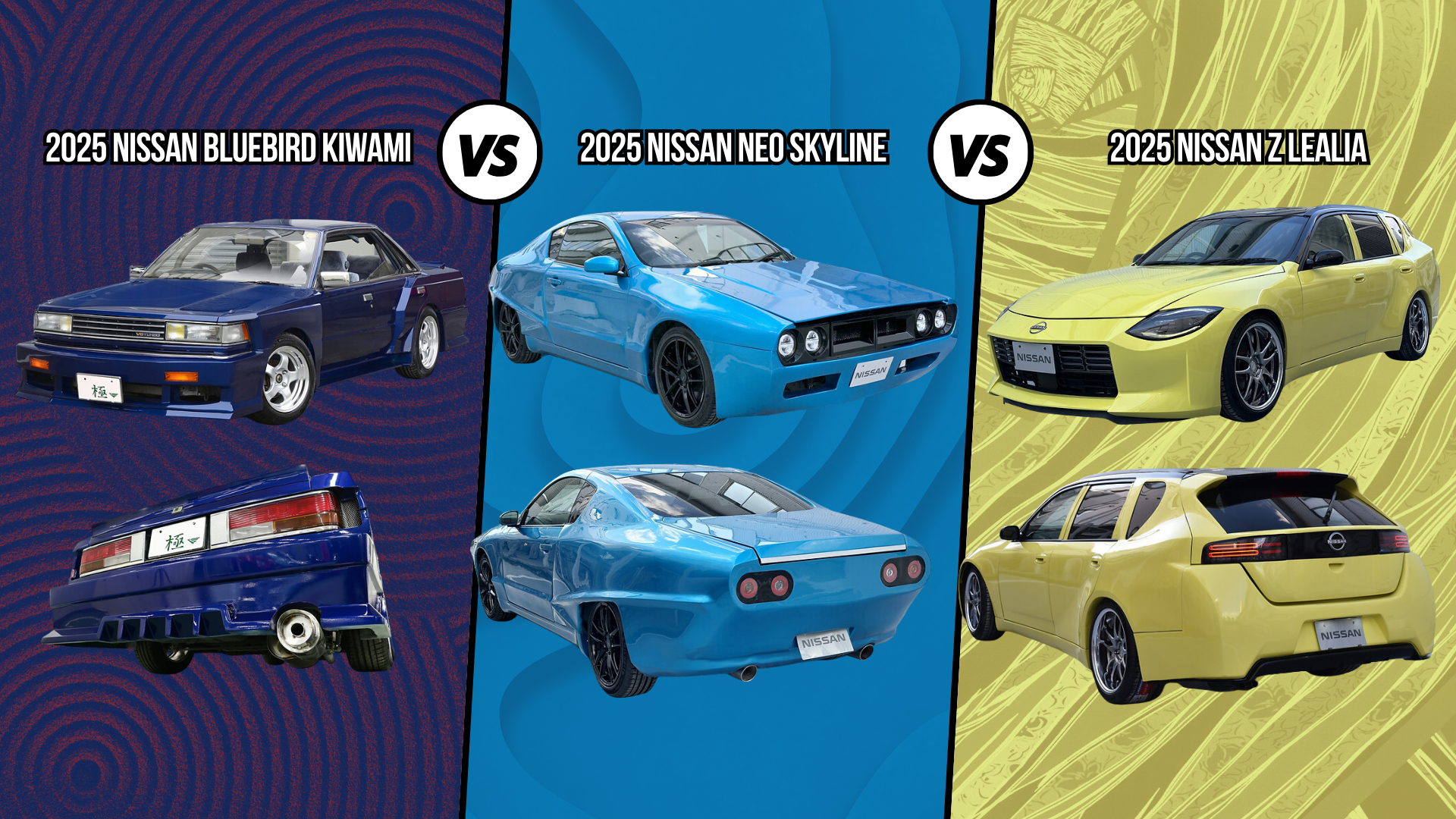

Comments